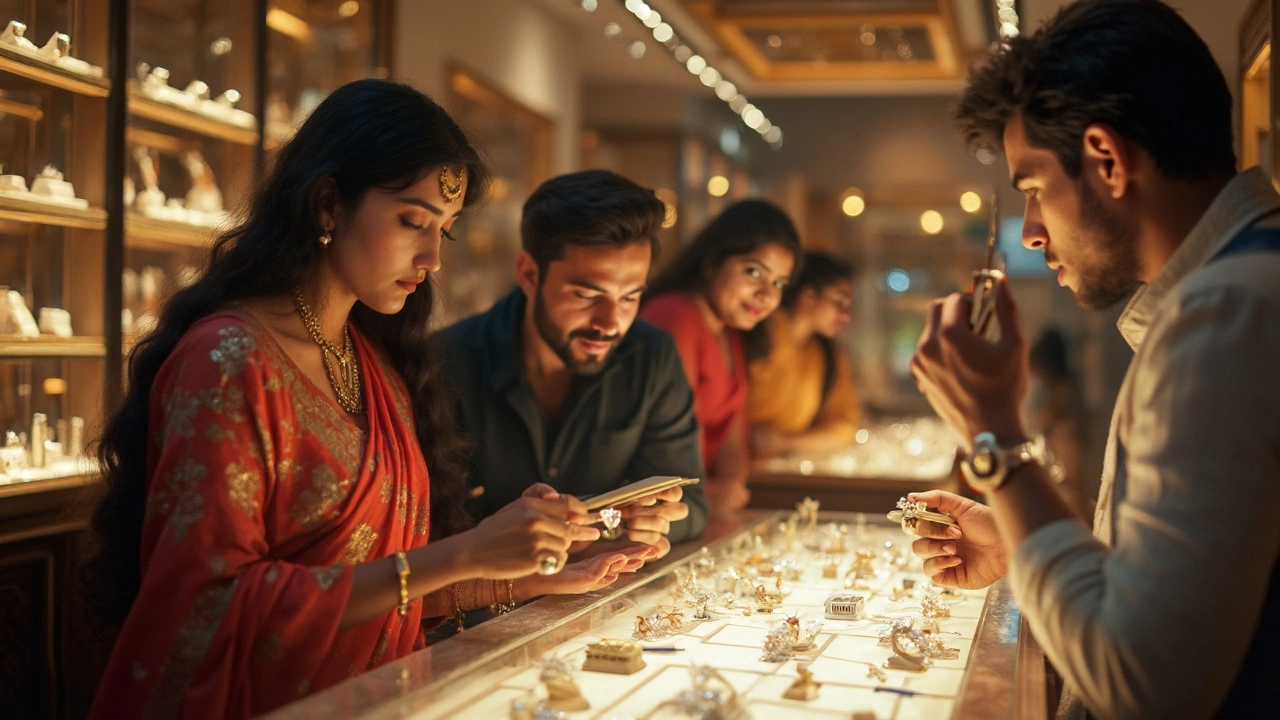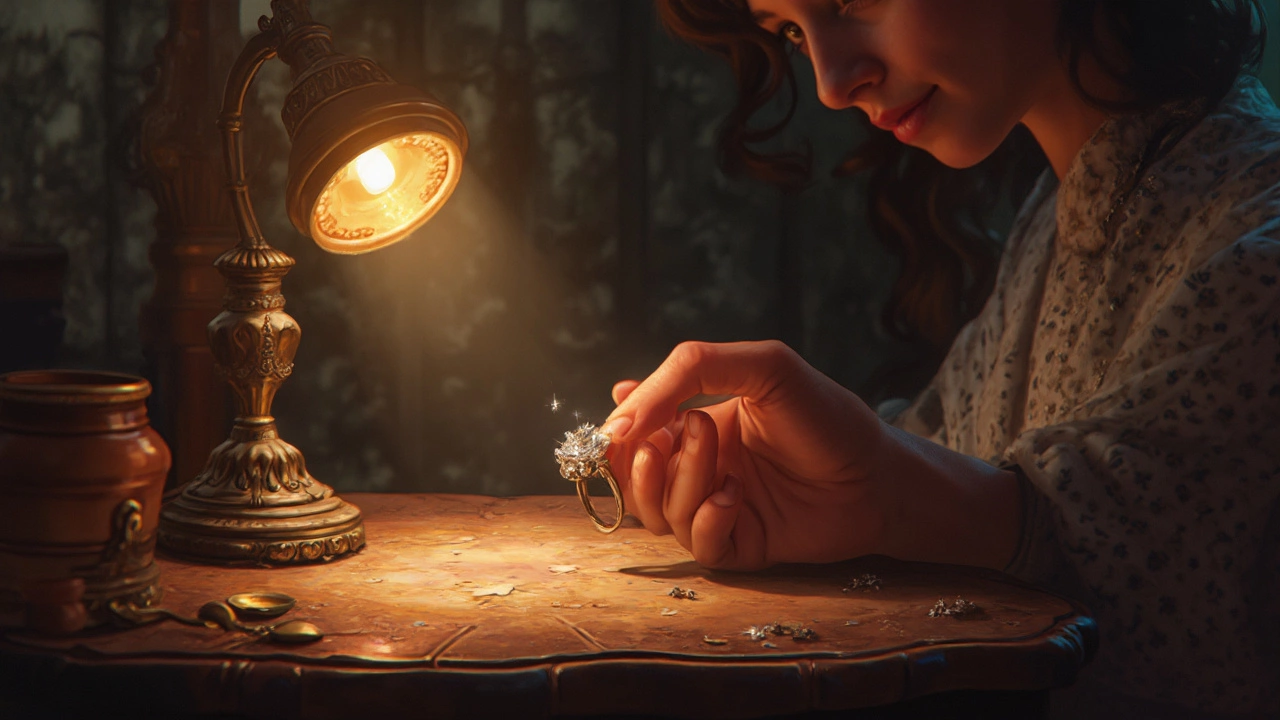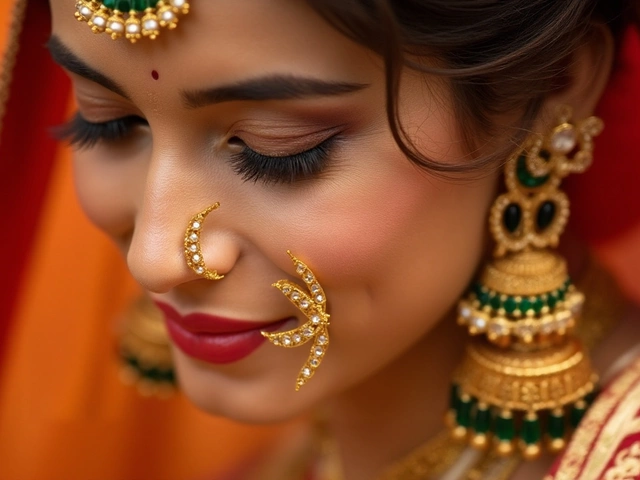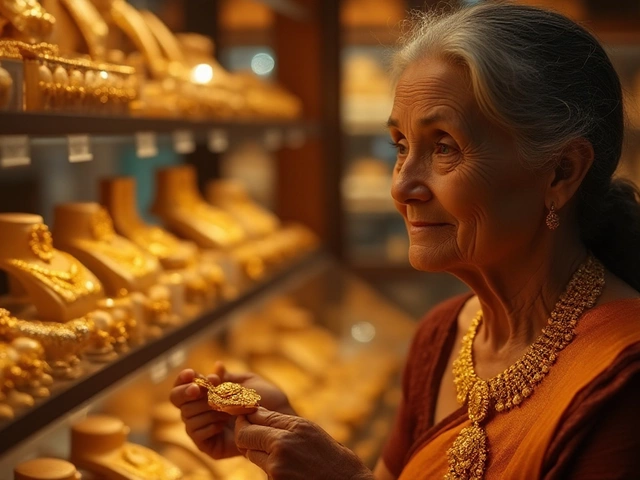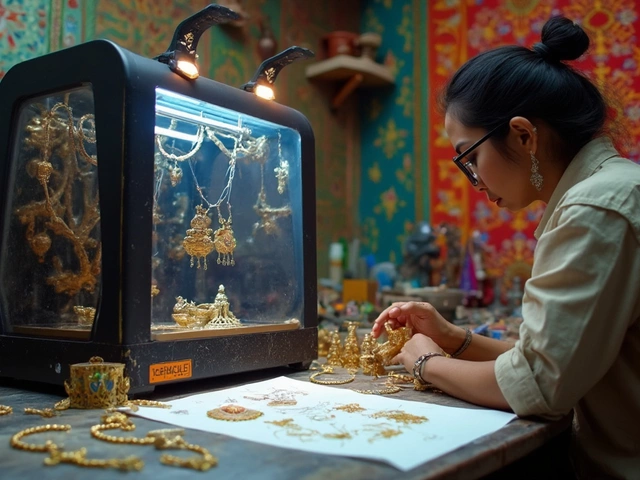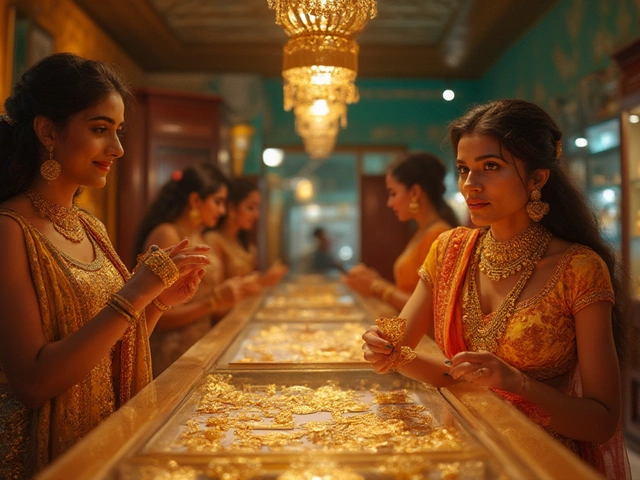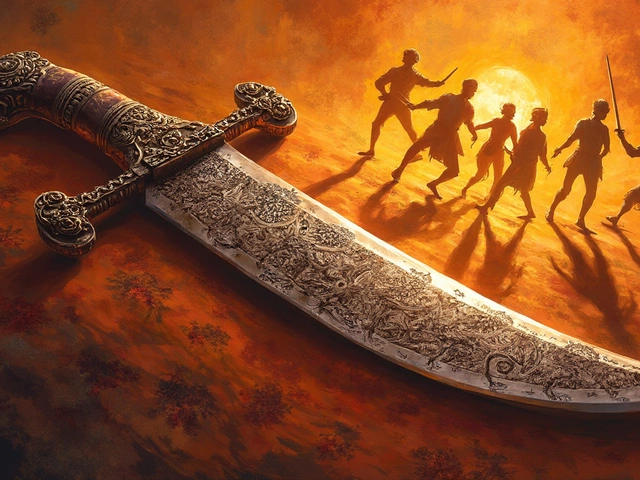Diamond Authenticity: Easy Ways to Spot Real Gems
Buying a diamond can feel risky, especially with so many fake stones out there. You don’t need a lab to know if a sparkle is genuine – a few simple checks can give you confidence. Below we break down the basics, from the look of the stone to quick home tests and when a professional appraisal matters.
Common Signs of a Real Diamond
First, hold the stone under bright light. Real diamonds reflect white light in a rainbow of colors – that’s called fire. If the stone only shows a dull shine, it’s likely a glass or cubic zirconia copy.
Next, check the “hardness.” A diamond will scratch glass, a steel file, or even a piece of quartz. Gently rub the stone against a glass surface; if it leaves a faint line, you’re probably looking at a real diamond.
Another clue is the “room‑dark test.” In a dark room, shine a flashlight on the stone. A genuine diamond will sparkle brightly, while most imitations look milky.
Don’t forget about the weight. Diamonds are dense; a stone that feels light for its size could be a fake. Compare it to a known diamond of similar size if you can.
Simple Home Tests and Professional Checks
One of the easiest home tools is a magnifying loupe (10x). Look for natural inclusions – tiny cracks or internal flaws. Real diamonds often have these, while lab‑grown or synthetic stones may appear too perfect.
The fog test works well, too. Breathe on the stone; a real diamond will clear the fog instantly because it conducts heat away quickly. If the fog lingers, the stone is probably not a diamond.
While home tests are handy, they aren’t foolproof. A reputable gem‑ological lab can issue a certification with a unique report number. This document lists the carat weight, color, clarity, cut, and confirms the stone’s natural origin.
If you’re buying online or from a lesser‑known dealer, ask for the certification before you pay. Reputable sellers will provide a copy of the report or a link to the lab’s verification page.
Finally, consider a professional appraisal if you’re unsure. A certified gemologist can use specialized equipment like a UV lamp or a diamond tester that measures thermal conductivity. These tools spot high‑quality simulants that often fool DIY methods.
Remember, the goal isn’t to become an expert overnight but to have enough knowledge to avoid common scams. Use the visual cues, quick tests, and always request a certificate when the price seems too good to be true. With these steps, you can shop for diamonds with peace of mind and enjoy the sparkle knowing it’s the real deal.
Does India Sell Real Diamonds? What Buyers Need to Know
Are the diamonds sold in India really authentic? This article breaks down what you can expect when buying diamonds in India: how to spot real stones, what certifications matter, and how to avoid fakes. You'll get insider tips on checking quality and figuring out who the trustworthy sellers are. Learn what to look for, what to avoid, and how to make sure you're getting your money's worth if you're shopping for diamond rings in India.
How to Spot a Real Diamond Ring with Just a Flashlight
Testing a diamond ring's authenticity using a flashlight might sound unconventional, but it's surprisingly effective. By observing the way light interacts with the stone, you can spot differences between genuine diamonds and fakes. This method, combined with other tips like examining diamond settings and the stone's weight, is handy especially for antique jewelry enthusiasts. Knowing these tricks can save you money and heartache when hunting for vintage treasures.
